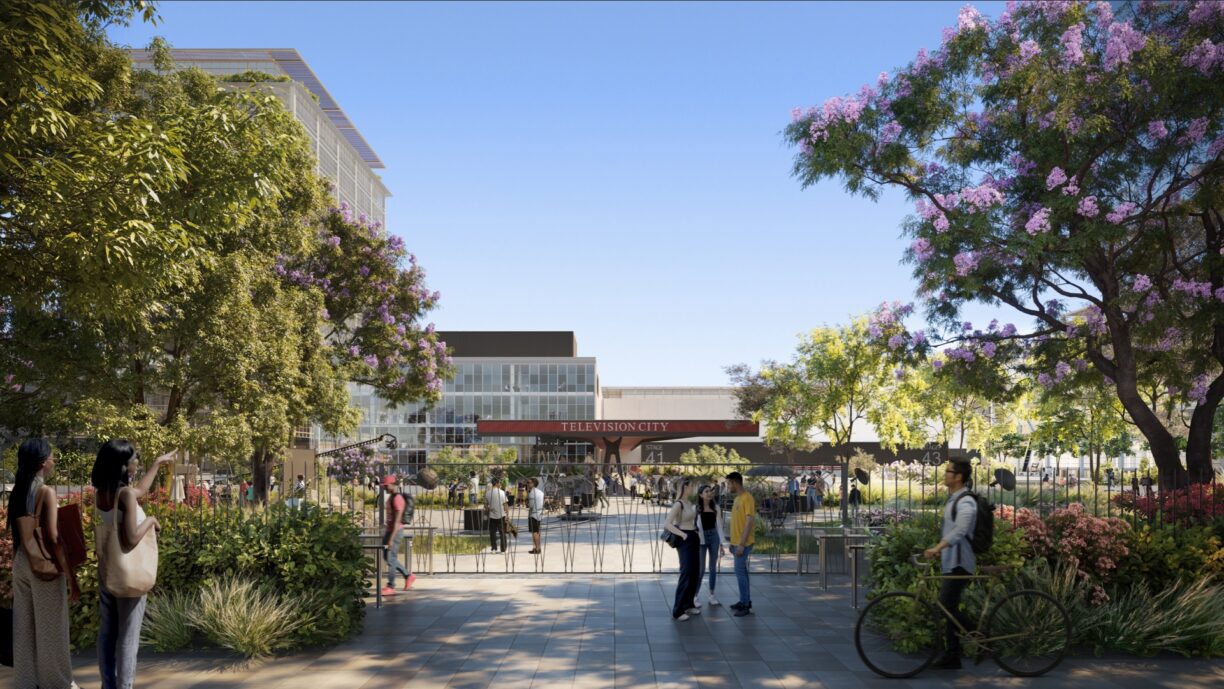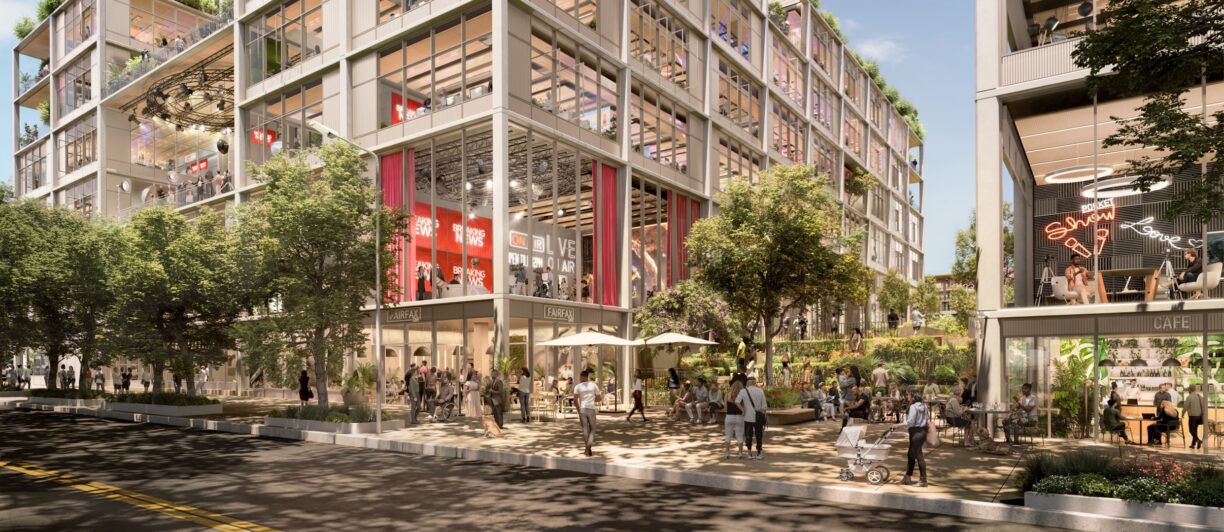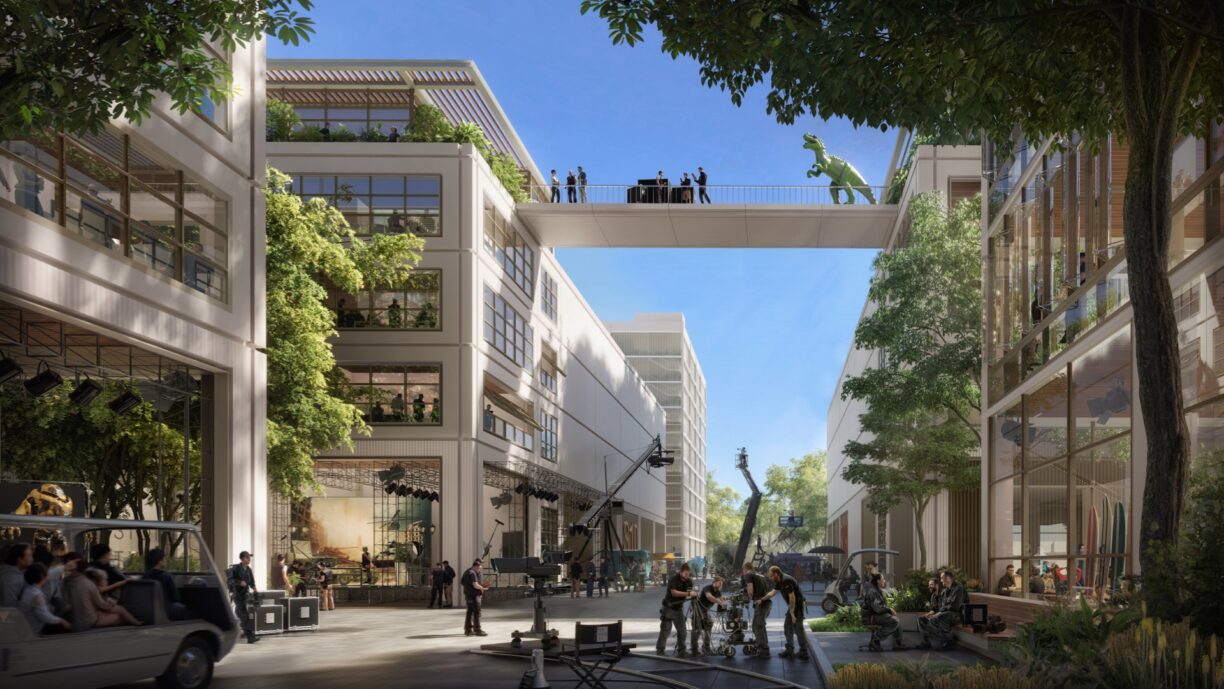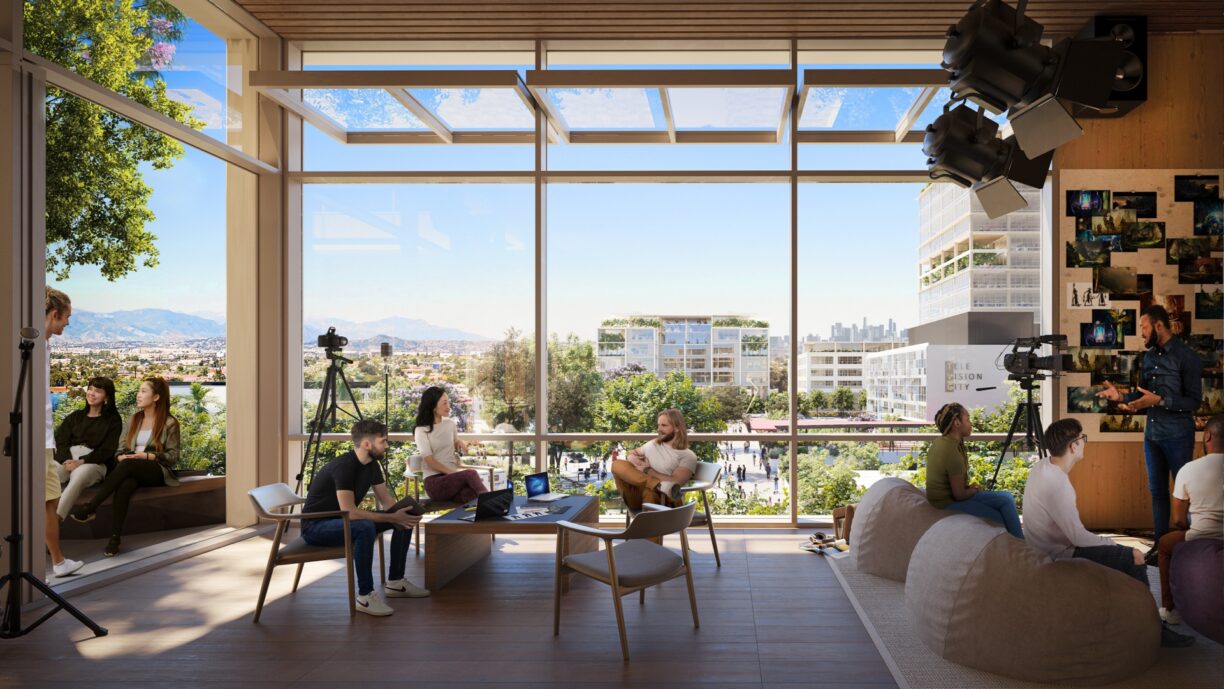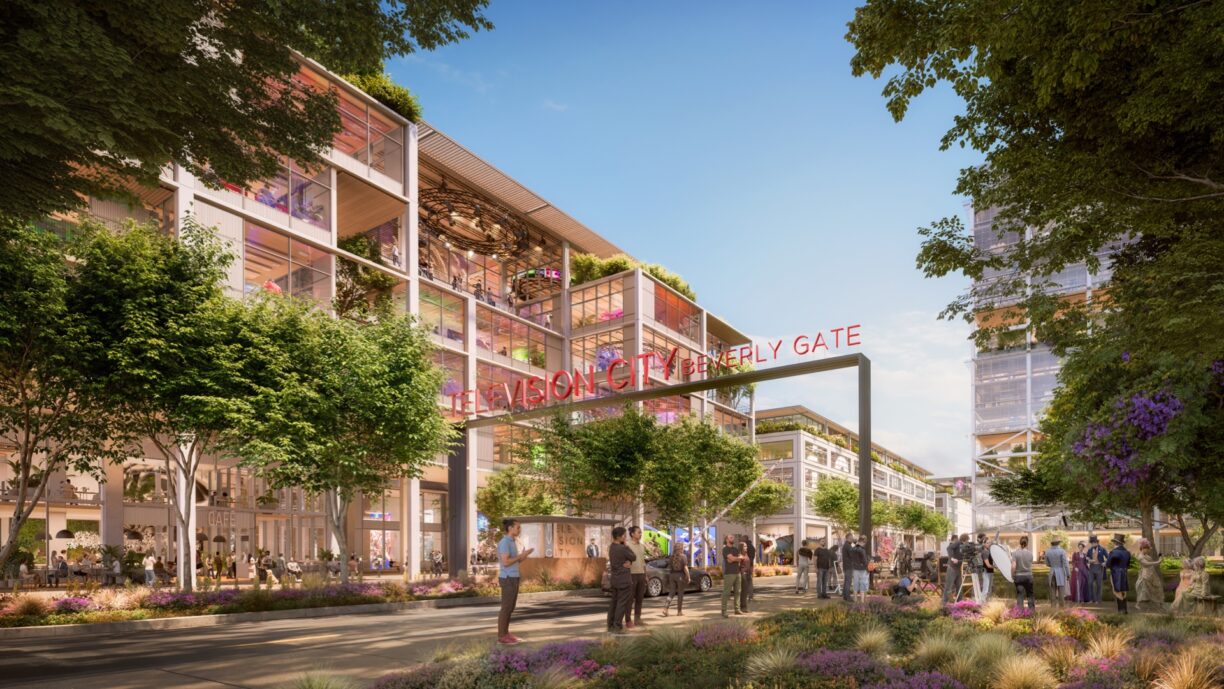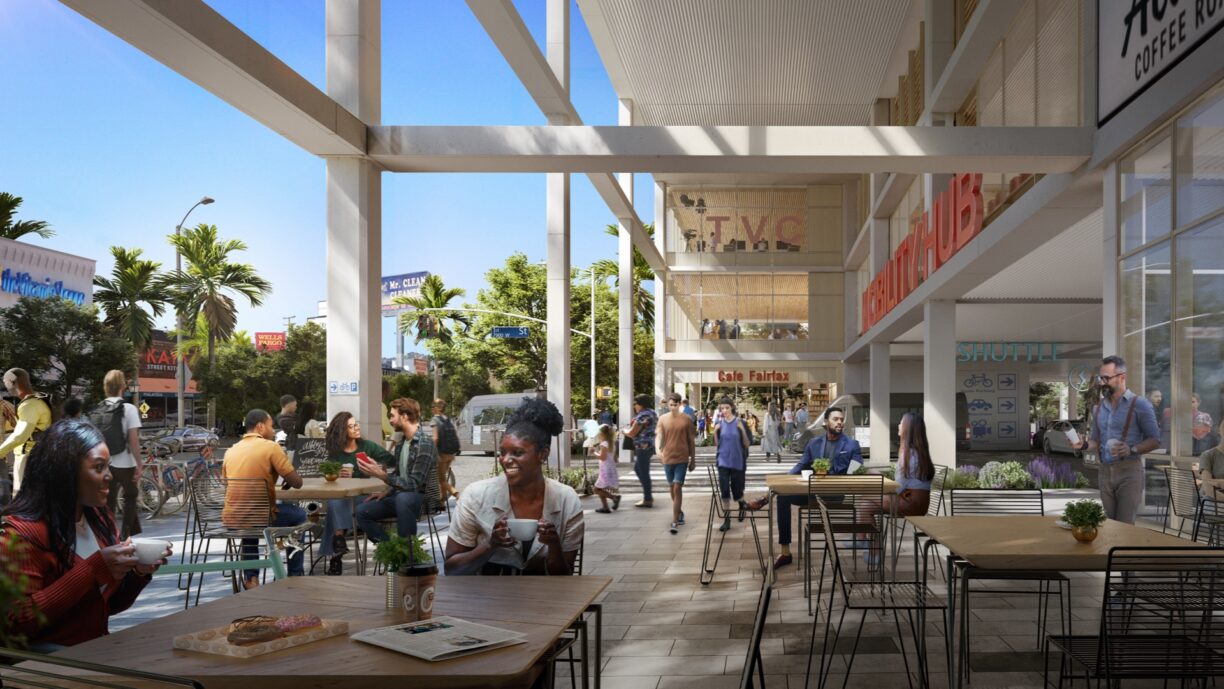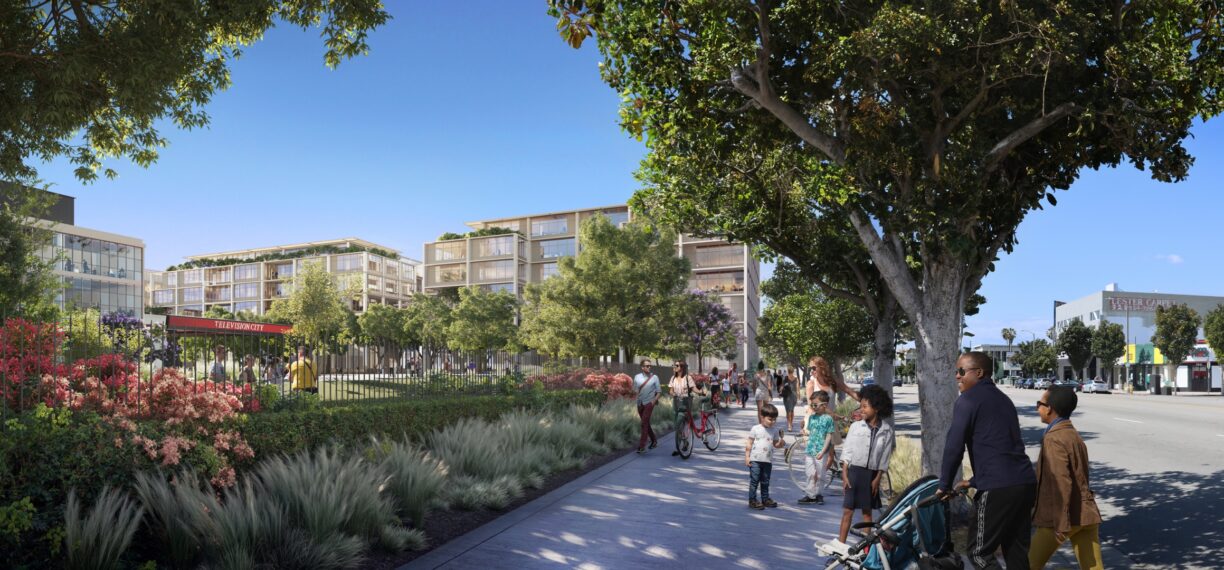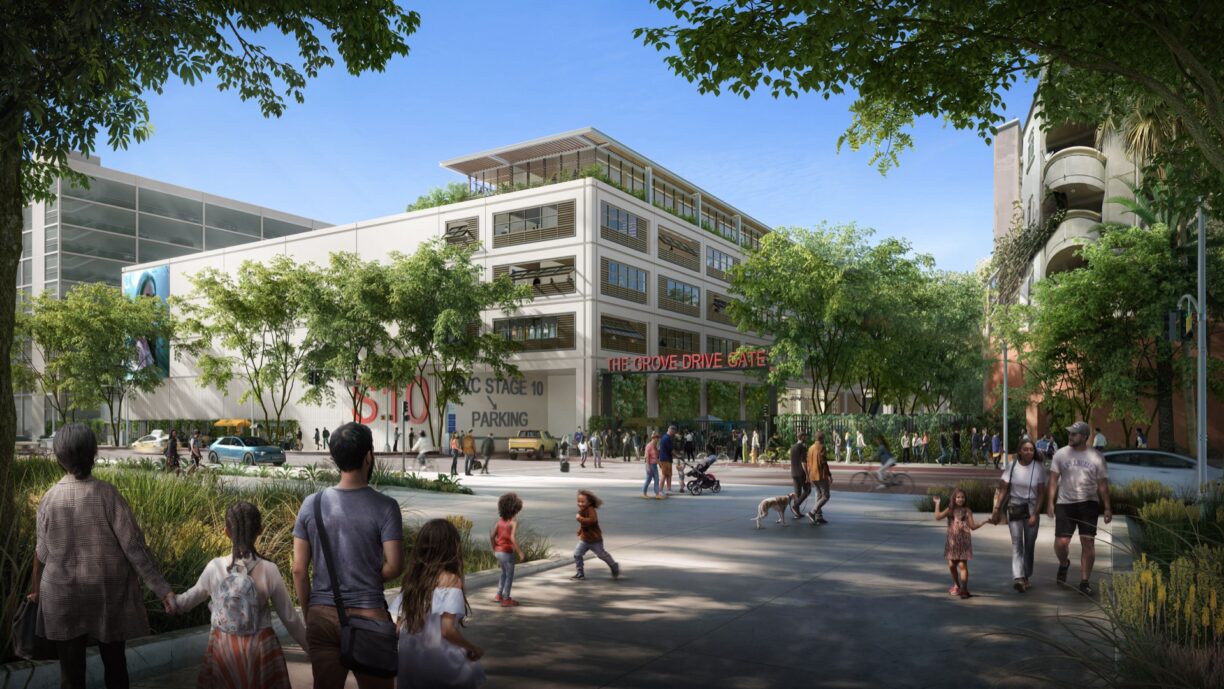The TVC Plan is informed by community feedback. It provides for the modernization of the studio to meet the changing needs of today’s entertainment industry, keep production in LA and create new, good-paying jobs, and improve the quality of life in the Beverly/Fairfax neighborhood through enhancements to walkability, public safety, and support for small business.
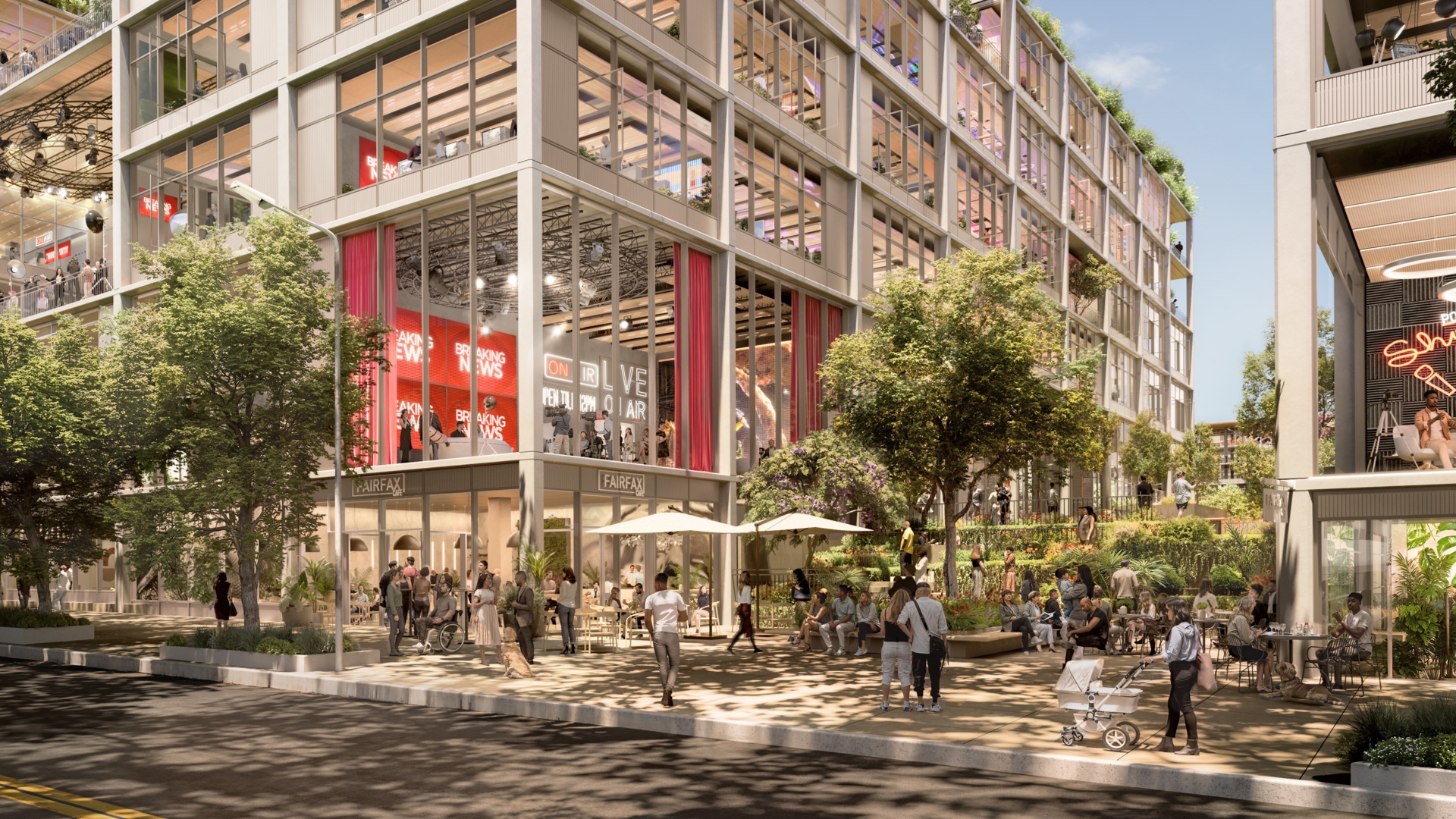
TVC Studio Plan
TVC Studio Plan
The TVC Plan is informed by community feedback. It provides for the modernization of the studio to meet the changing needs of today’s entertainment industry, keep production in LA and create new, good-paying jobs, and improve the quality of life in the Beverly/Fairfax neighborhood through enhancements to walkability, public safety, and support for small business.
A Project Based on Community Feedback
After extensive community engagement including studio tours, open houses, focus group sessions, and meetings with more than 3,000 neighbors, the TVC Plan reflects a smaller studio project shaped by community input and feedback.
LA’s First All-Electric Studio
As Los Angeles’ first all-electric studio, TVC will set the standard for sustainability at a production facility and is committed to achieving LEED Gold standards or equivalent.
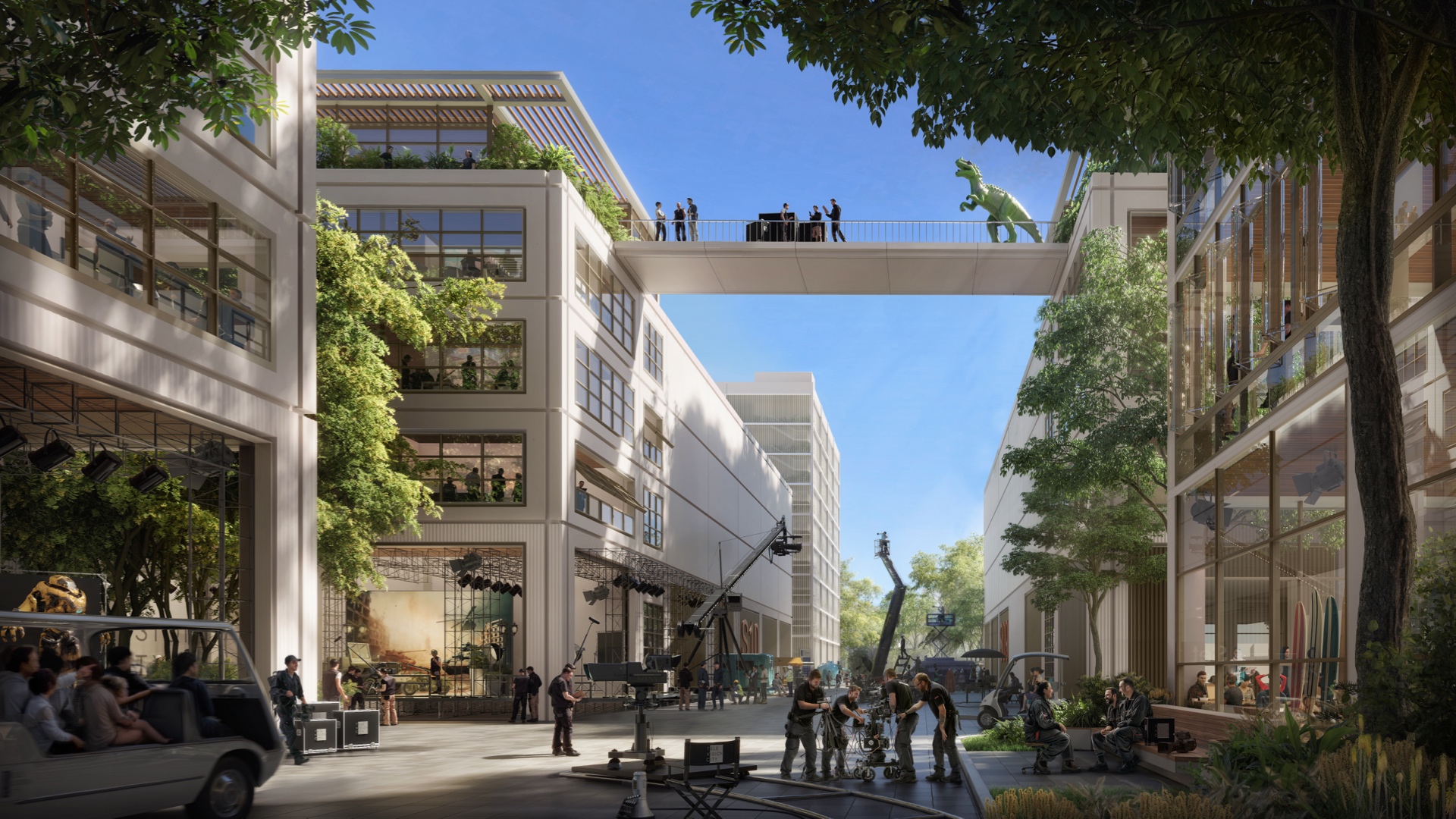
A Smaller Project
The total square footage of the Project will be reduced by 150,000 square feet.
Reducing the Number of Cars on the Road
Approximately 5,000 fewer car trips and ensuring no spillover parking in the surrounding neighborhood.
Reducing Building Heights
The 15-story west tower has been completely removed and building heights have been lowered throughout the site.
Improving Public Safety and Walkability
The project includes a 24-hour security plan, on-site security personnel, and public realm improvements to create a more walkable, safe, and welcoming Beverly/Fairfax neighborhood.
Making TVC a 21st Century Studio
The TVC Plan will protect and create studio jobs and ensures that this community landmark will remain a studio for decades to come.
Transforming Beverly/Fairfax
TVC will rehabilitate and preserve William Pereira’s original 1952 Television City facilities and restore views of the historic façade and red canopy from Beverly Boulevard. The TVC Plan has the full support of the LA Conservancy.
Fairfax Avenue Looking North
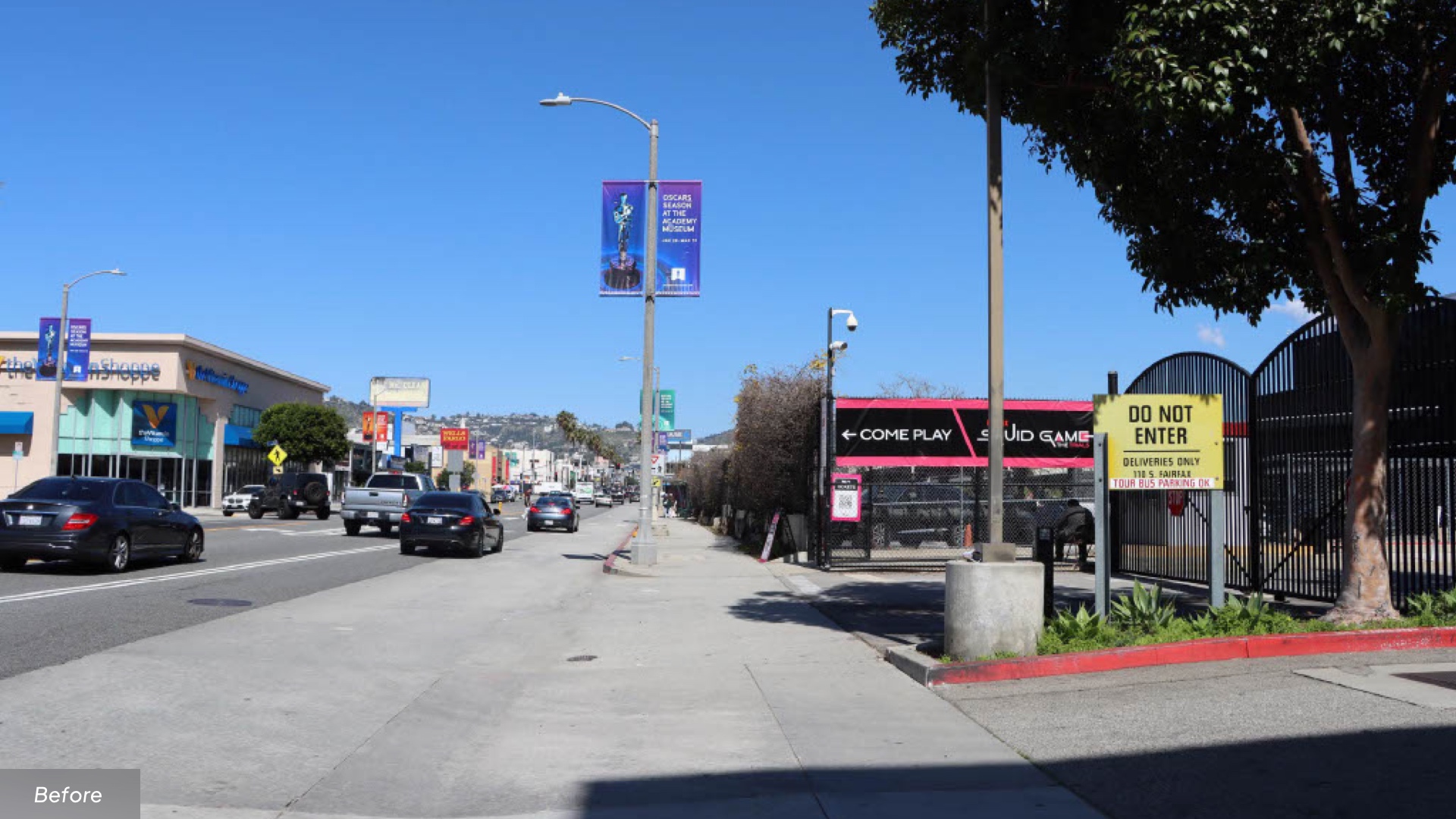
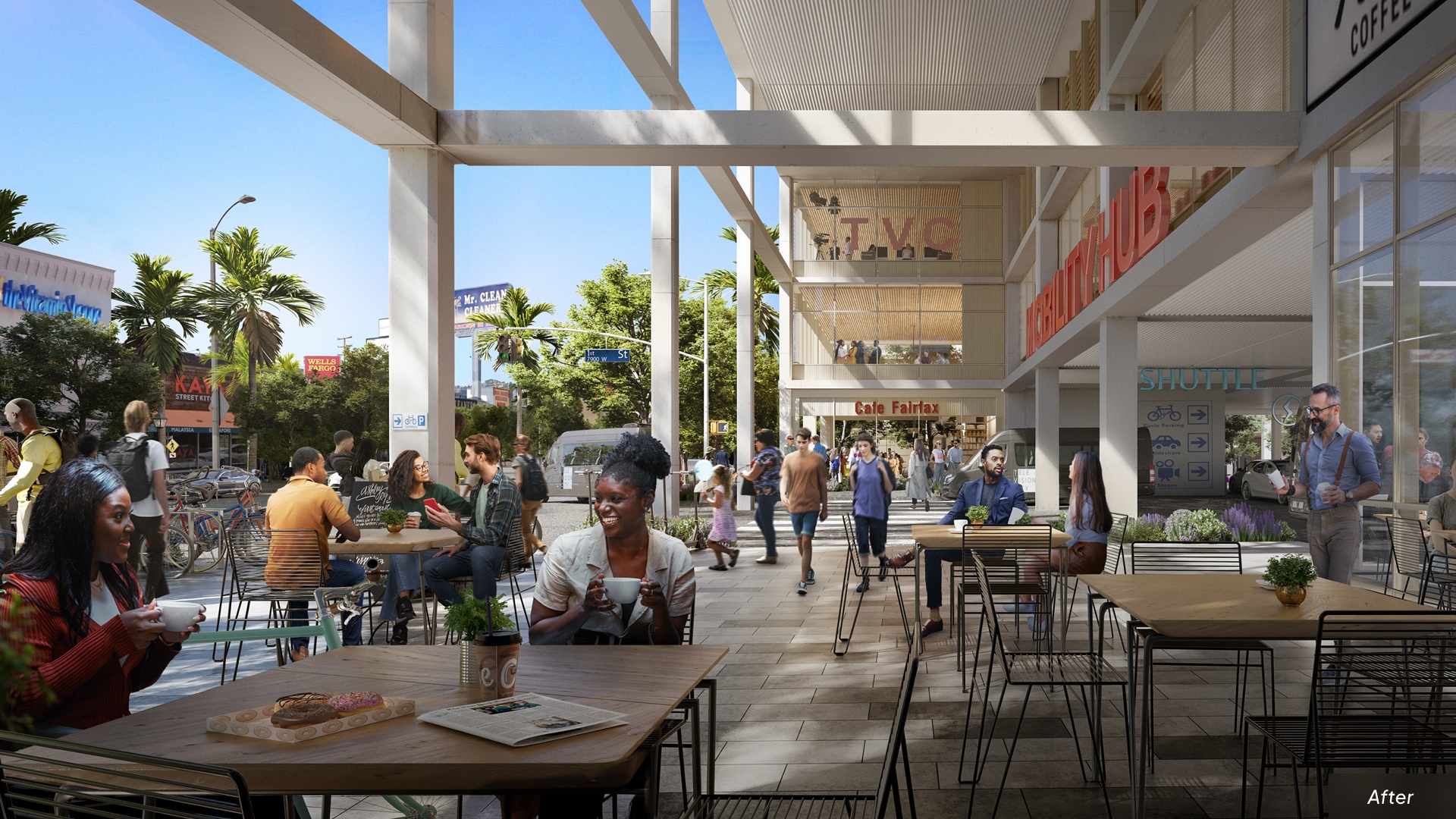
The Grove Drive Gate
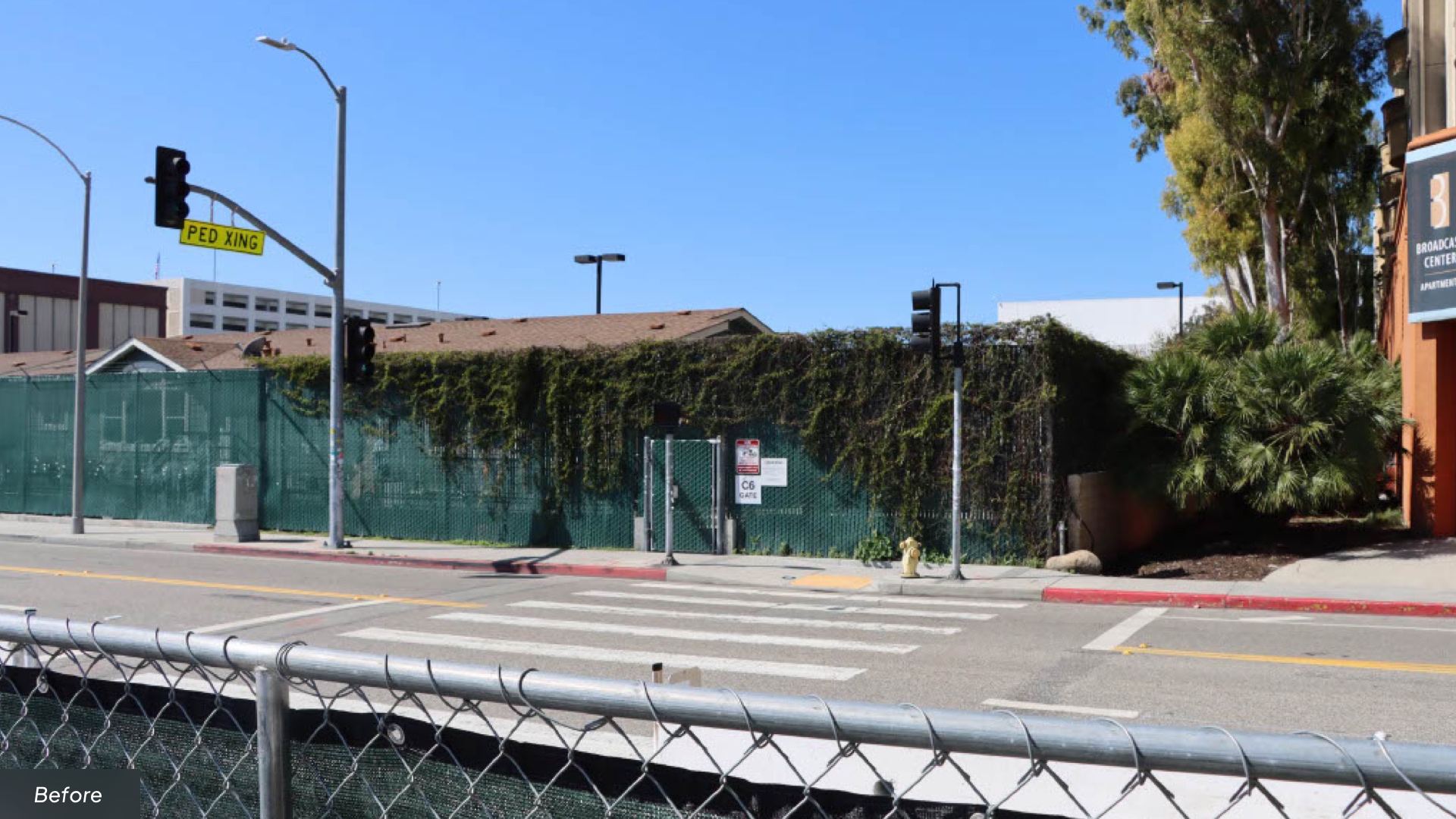
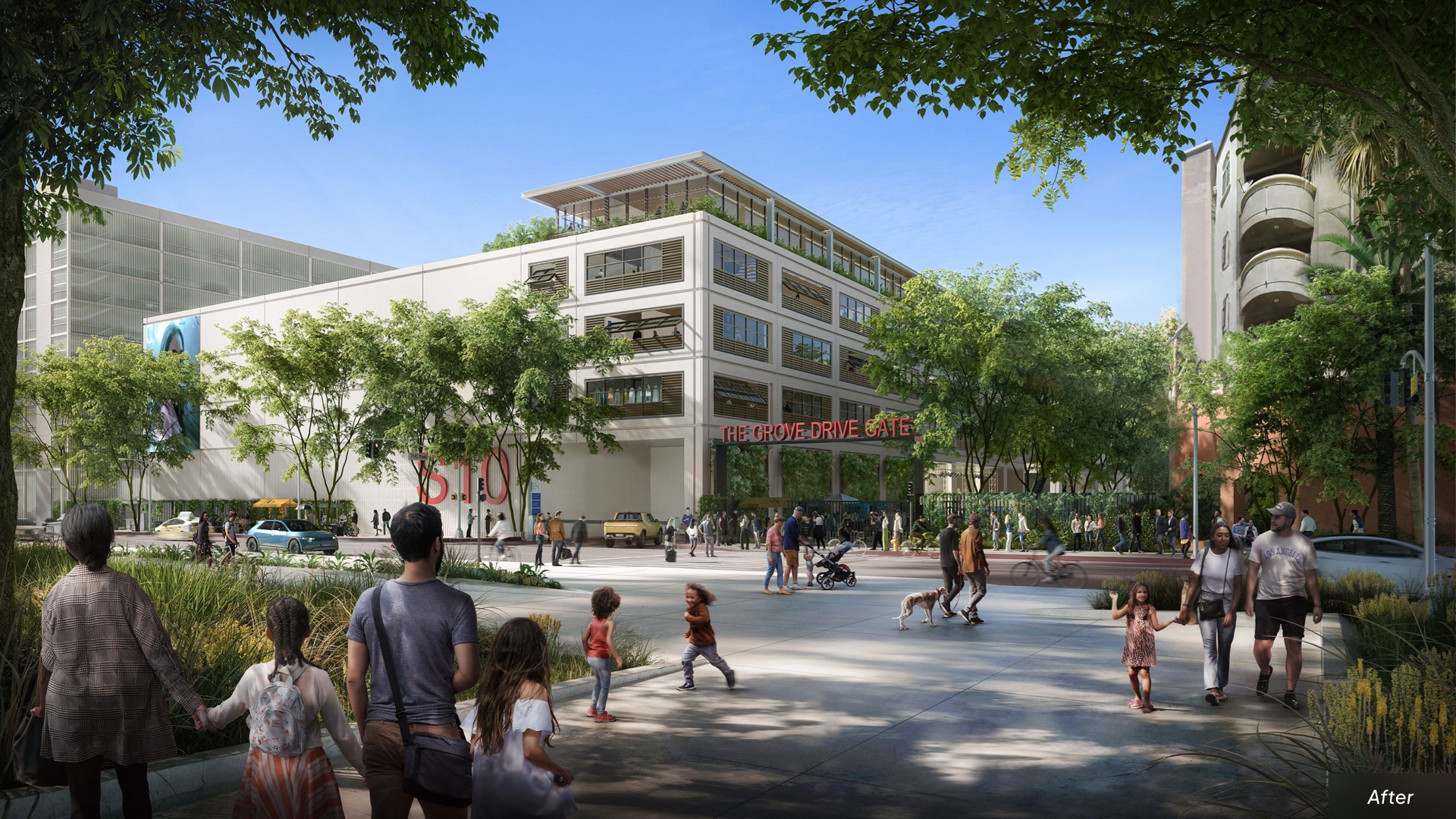
Beverly Boulevard
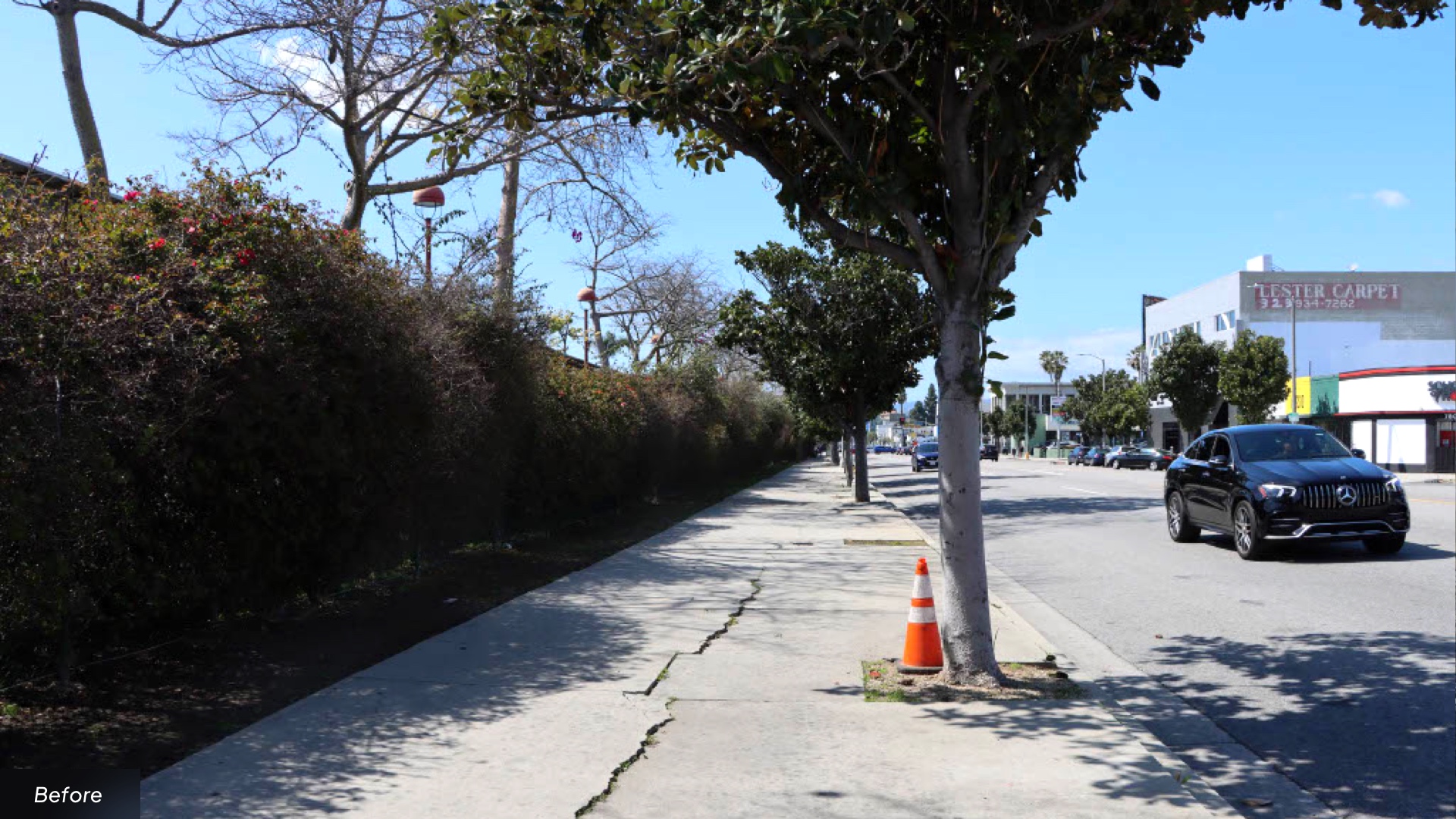
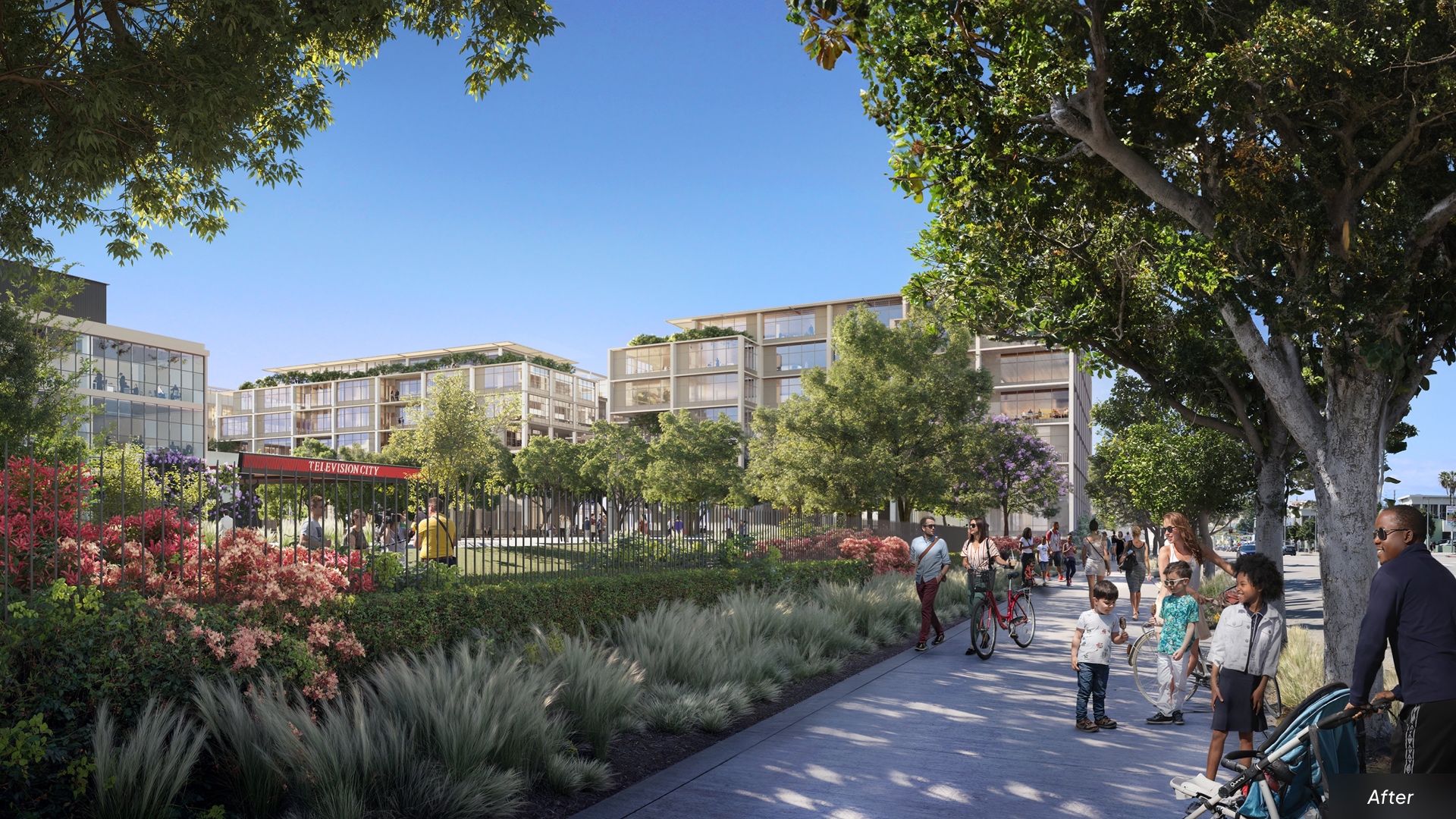
Elements of the Plan
- Sound Stages
- Production Office & Support
- Community Scale Design
- Historic Preservation
- Walkability
- Public Safety
- Mobility Hub
- Site Plan
Modernizing Sound Stages
New and modernized soundstages to meet the evolving needs of production.

Production Office & Support
Production offices and support space to create an efficient, streamlined entertainment ecosystem.
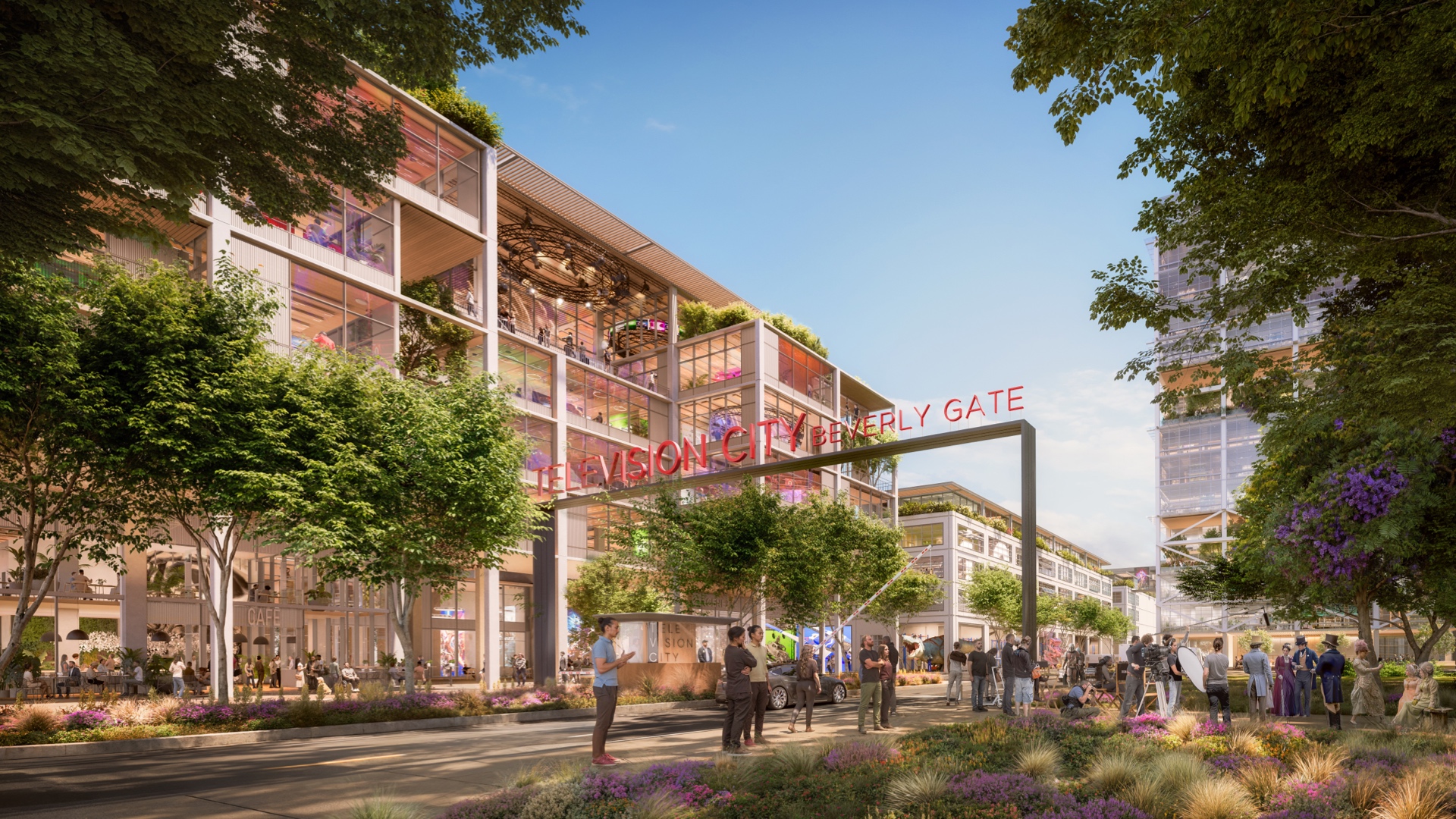
Community Scale Design
Based on community feedback, the Project size has been reduced by 150,000 square feet of office space and the proposed West Tower has been removed.
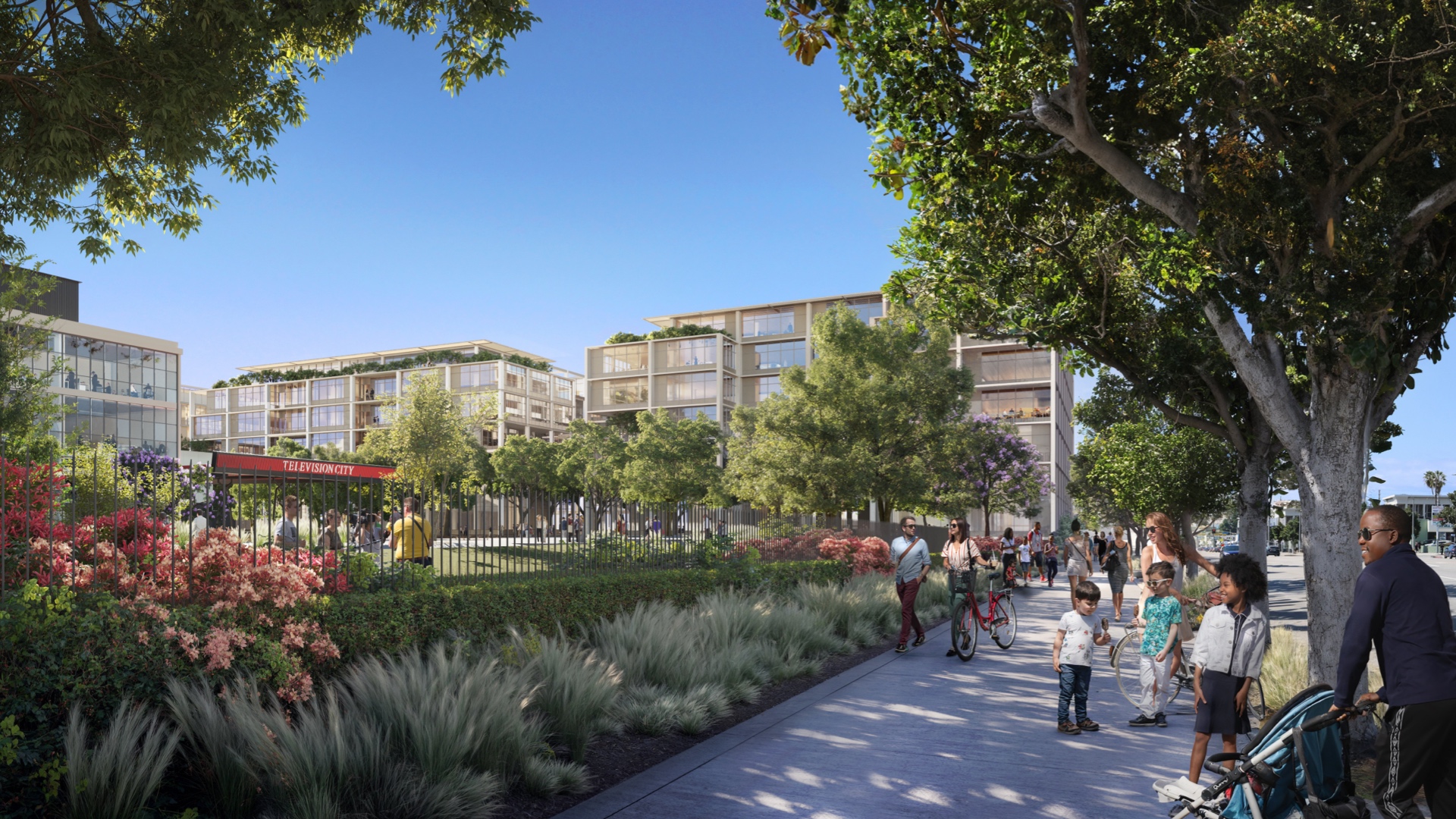
Preserving a Historic Landmark
The TVC Plan will preserve and restore the Historic Cultural Monument onsite and has earned the support of the Los Angeles Conservancy.
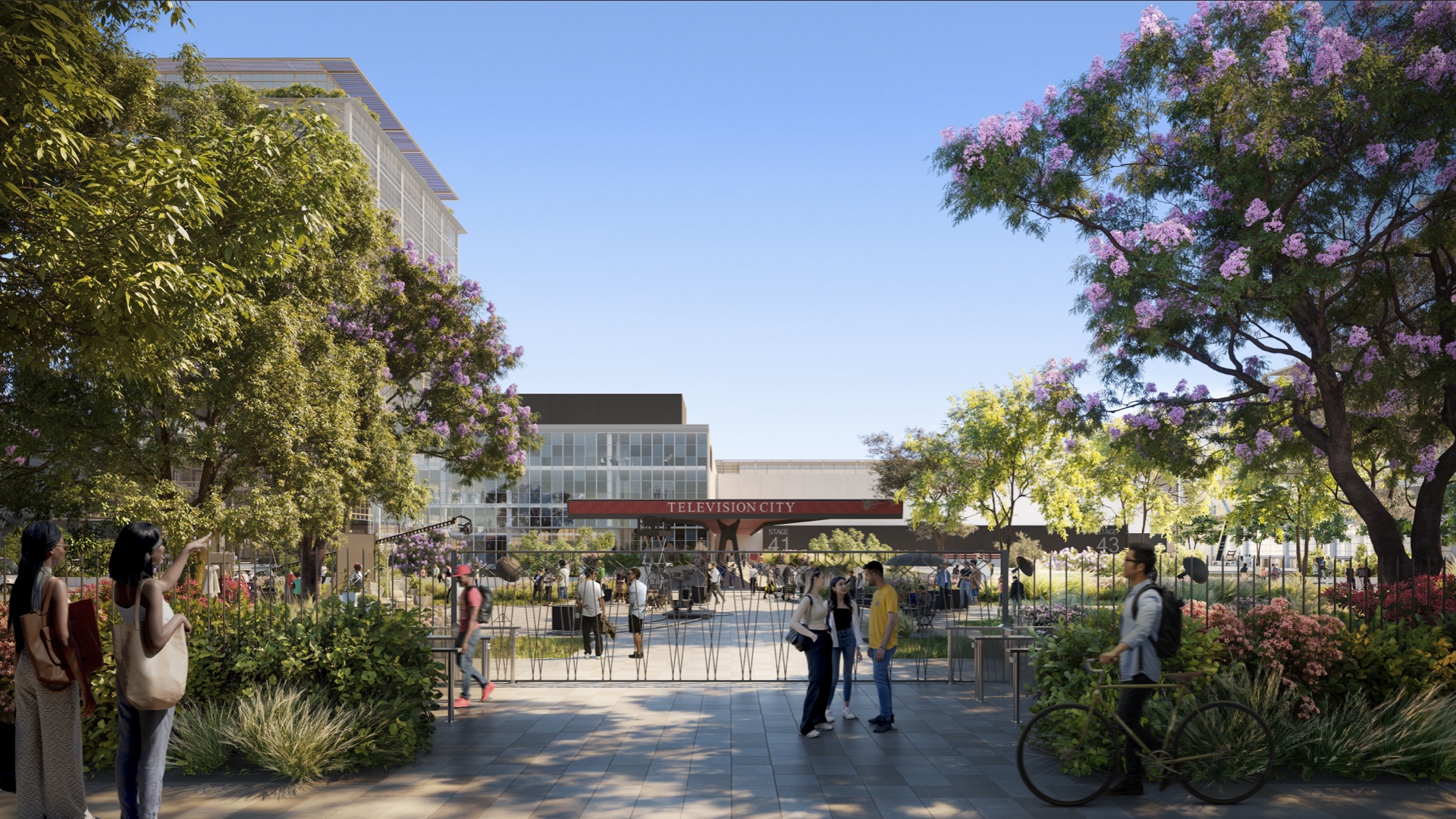
Improved Walkability
The TVC Plan includes public realm improvements along the entire perimeter of the site to create a more walkable, safe, and welcoming pedestrian experience.

Increasing Public Safety
A 24-hour security plan, on-site security personnel, and an extensive network of cameras and other security tools will improve public safety in and around the project.
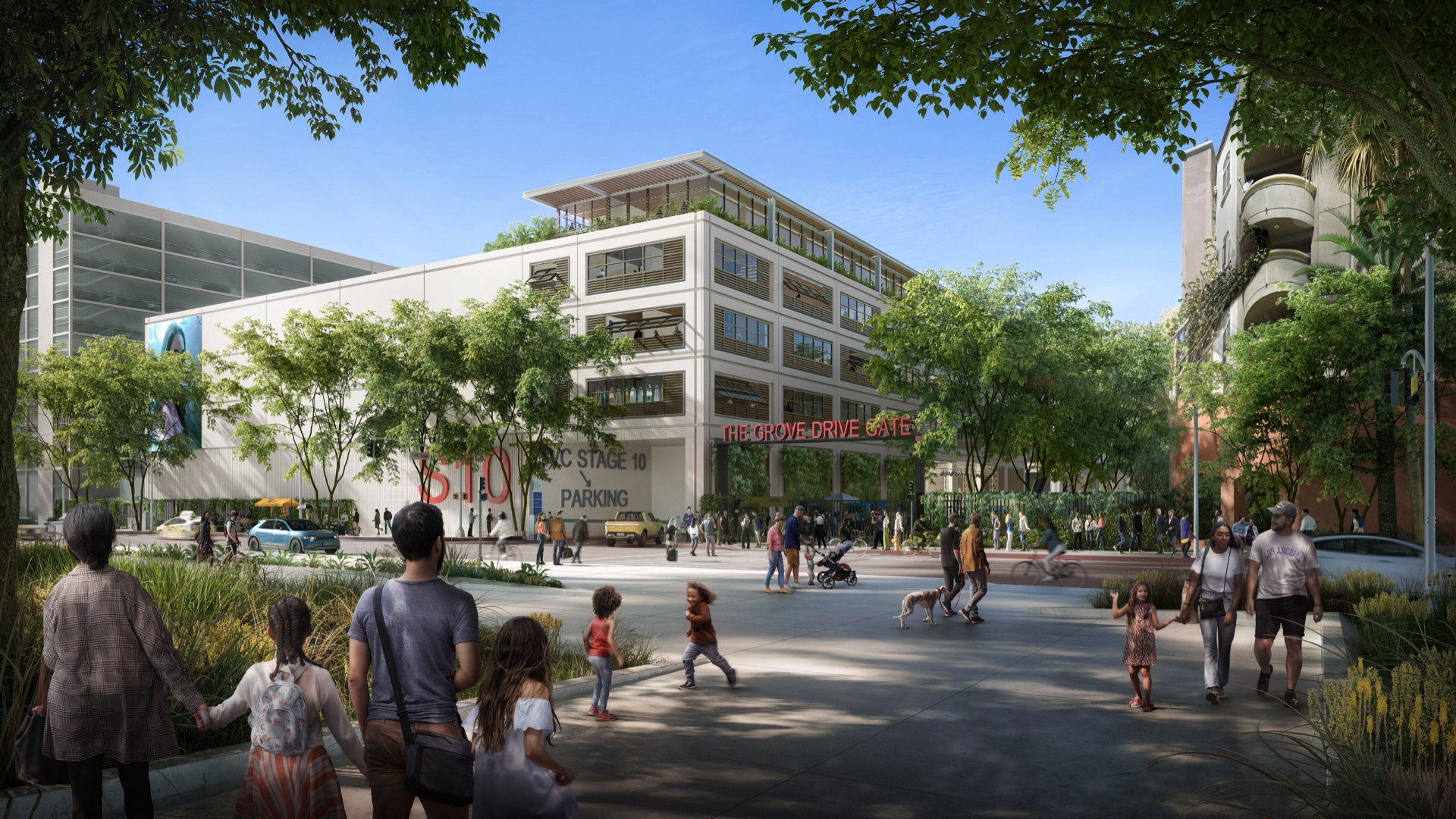
Mobility Hub
A multi-modal mobility hub will connect studio employees to nearby transit options, including the Metro D (Purple) Line’s future Wilshire/Fairfax station, taking cars off the road and encouraging more efficient and sustainable ways to commute.
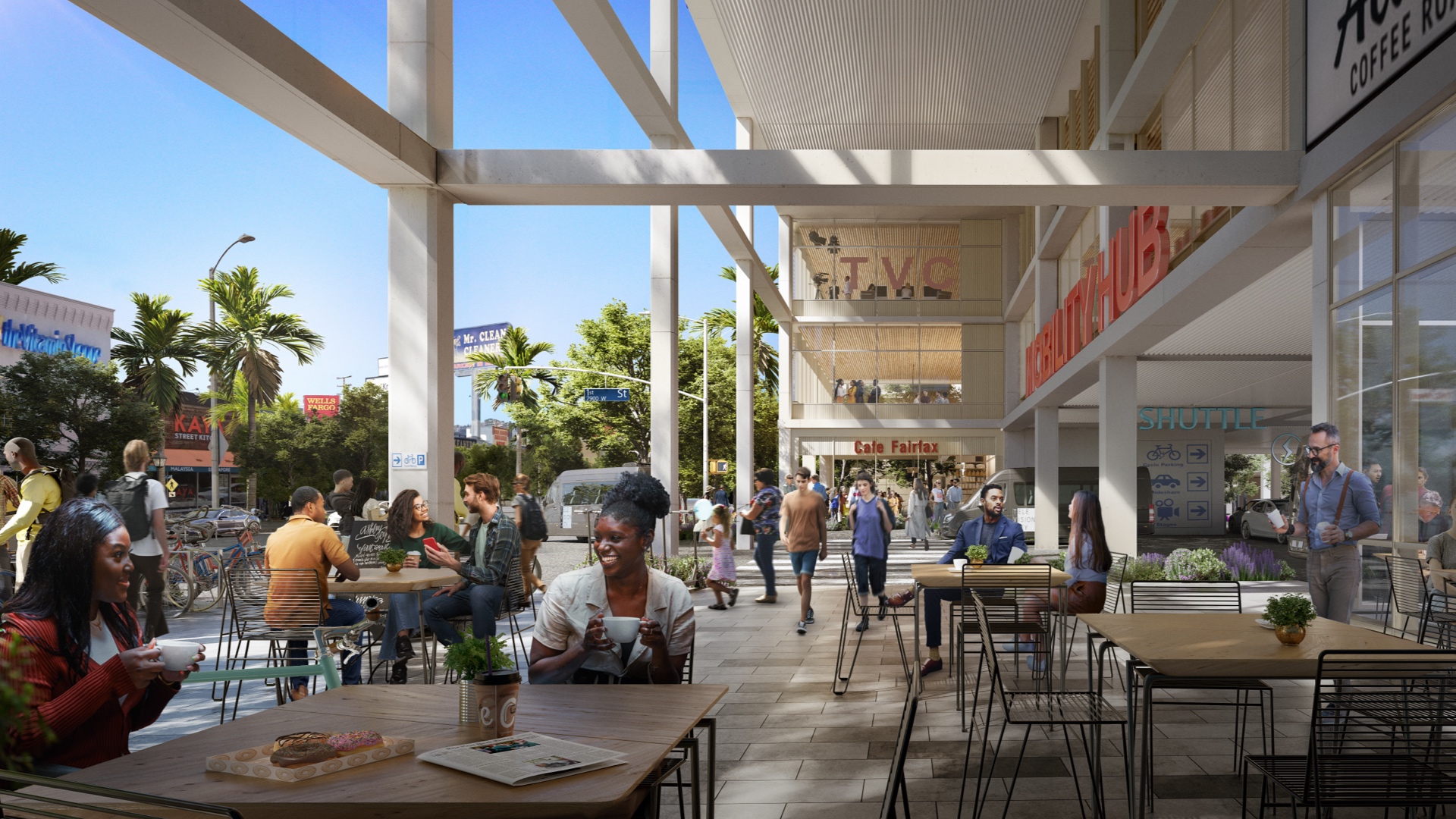
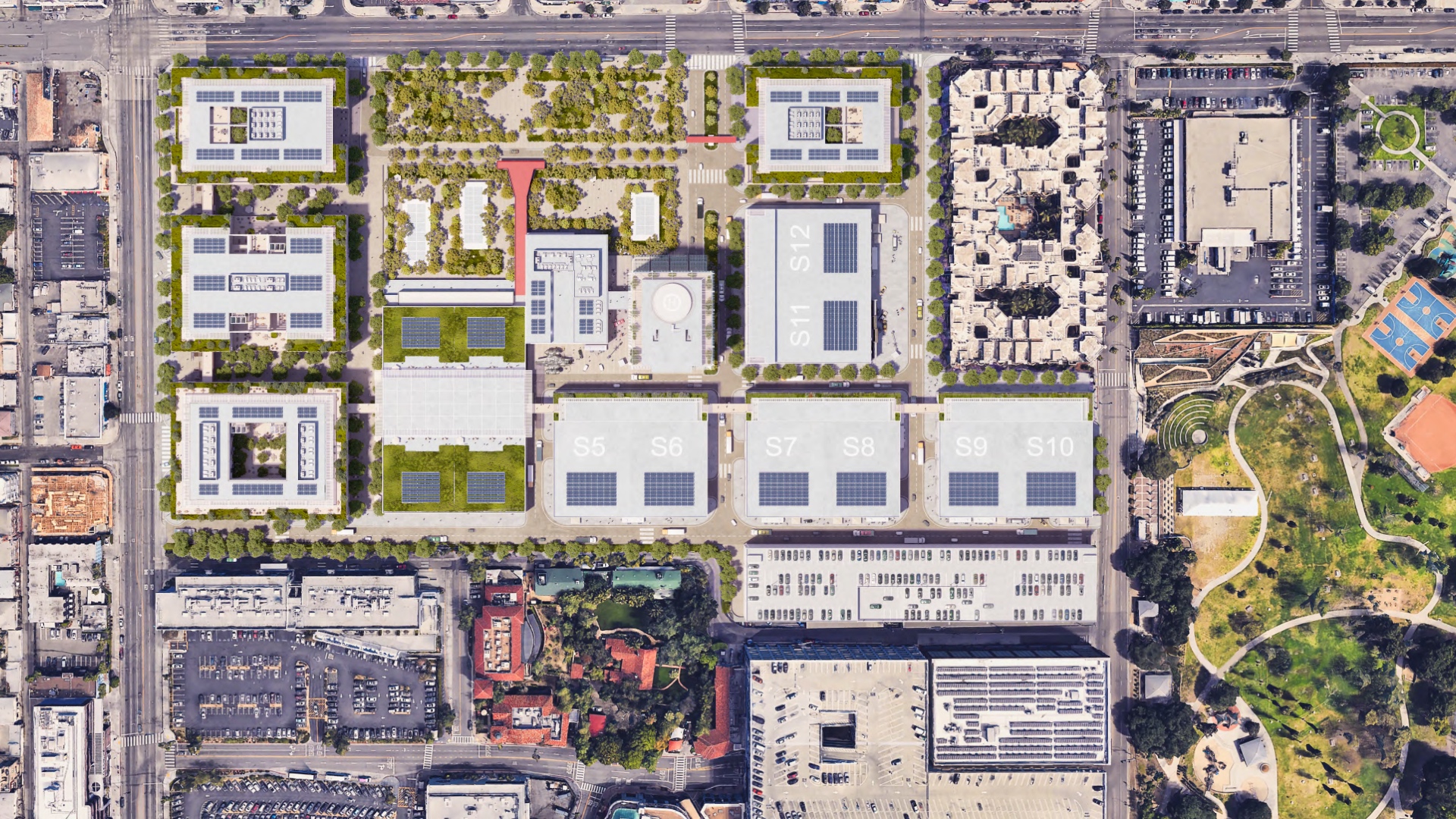
Pursuant to the California Environmental Quality Act (CEQA), a full environmental impact report (EIR) was prepared to identify and analyze the potential environmental benefits and impacts associated with the operations and construction of the TVC Plan. Robust community outreach has been conducted and will continue throughout the entitlement and hearing process.





